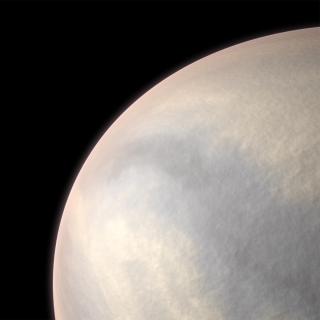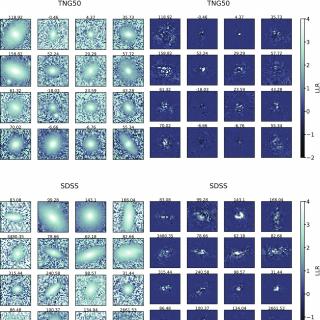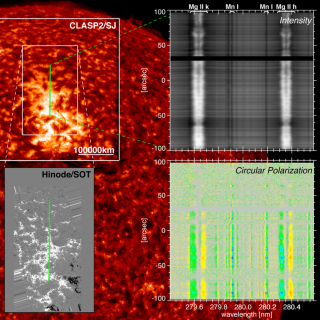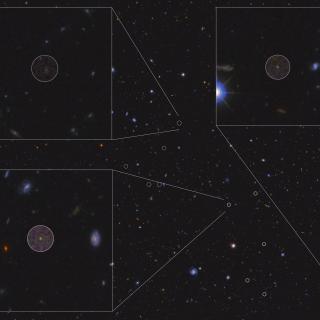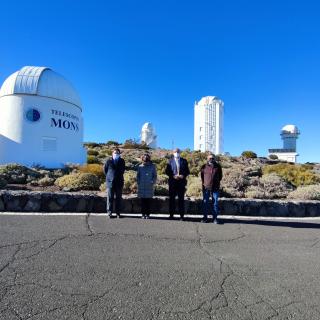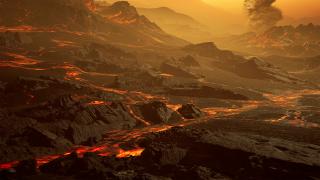
We detect a transiting rocky planet with an orbital period of 1.467 days around the nearby red dwarf star Gliese 486. The planet Gliese 486 b is 2.81 Earth masses and 1.31 Earth radii, a composition similar to that of Venus or Earth, as determined from exquisite radial velocity data and photometric light curves. The host star is at a distance of 26 light-years, very bright, and observable from both hemispheres of Earth. The stellar and planet properties indicate that despite the hot surface temperatures it is possible that the planet conserved part of its original atmosphere, making it an
Advertised on
